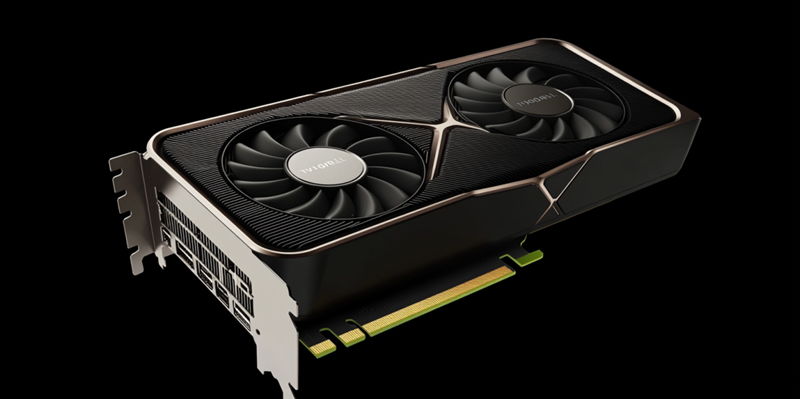The anticipation surrounding Nvidia’s upcoming GeForce RTX 5090 and RTX 5080 graphics cards is palpable, setting the tech community abuzz with excitement. Multiple credible sources, including the Chinese tech site Benchlife and the renowned leaker Kopite7kimi, point towards a grand unveiling at CES 2025. These GPUs, particularly the RTX 5090, are expected to push the envelope in both gaming and professional graphics performance, promising substantial advancements. Let’s delve deeper into what makes these launches so significant and why they are generating so much buzz.
Cutting-Edge Specifications and Innovations
Benchlife and Kopite7kimi have provided substantial details that outline the technical prowess of the RTX 5090 and 5080. One standout specification of the RTX 5090 is its use of a 14-layer PCB (printed circuit board), a noteworthy number that speaks to its sophisticated engineering. Adding to its appeal, the GPU will leverage PCIe 5.0, setting it at the forefront of technological advancements. Contrary to earlier rumors, both the RTX 5090 and 5080 models will feature a single 12V-2×6 power connector, streamlining the power setup without compromising on performance. However, for those seeking extreme performance, specialized overclocking versions might still offer dual power connectors.
These technical details underscore Nvidia’s relentless pursuit of innovation and high performance. Employing a 14-layer PCB and supporting PCIe 5.0 ensures these GPUs deliver substantial performance gains over previous generations. The streamlined power configuration simplifies user setup, making it more user-friendly without sacrificing power. By pushing the boundaries of current technology, Nvidia aims to set a new standard in the realm of high-performance GPUs, positioning these upcoming releases as game-changers in the industry.
Strategic Release Timeline and Market Positioning
Nvidia’s decision to debut the new Blackwell GPUs at CES 2025, as opposed to a late 2024 release, appears strategic and is likely influenced by market dynamics. Nvidia currently enjoys market dominance and faces no imminent high-end competition from AMD. The rumors surrounding AMD’s RDNA 4 series suggest it might cap at mid-range offerings, leaving Nvidia’s top-tier segment largely uncontested. This lack of direct competition allows Nvidia the flexibility to fine-tune their products without the urgency to hit the market prematurely.
This calculated release timing aligns with Nvidia’s broader market strategy. Launching at CES 2025 not only builds more hype but also ensures that the final product is polished and fully optimized. This approach demonstrates Nvidia’s confidence in its market position, leveraging the lack of high-end competition to maximize anticipation and impact. Moreover, it provides time for effective marketing and allows Nvidia to harness the CES platform for a significant reveal, thus maximizing media coverage and consumer attention.
VRAM Controversy and Community Reactions
A significant point of contention among enthusiasts is the rumored VRAM allocation for the RTX 5080. Although expected to outperform the RTX 4090, the RTX 5080 is said to feature only 16GB of VRAM, a specification that has raised some eyebrows and sparked criticism. This concern is especially pronounced when compared to AMD’s mid-range 7800 XT card, which also offers 16GB of VRAM, making Nvidia’s decision appear conservative, if not regressive.
This VRAM controversy has ignited heated debates within the gaming and tech communities. Many argue that Nvidia’s decision to limit the VRAM to 16GB is driven by economic considerations at the expense of delivering top-tier performance. Critics contend that this allocation may bottleneck the GPU in future gaming applications and professional tasks, potentially limiting its long-term viability. Nvidia will need to address these concerns to maintain its reputation for high-performance hardware and to ensure the success of the RTX 5080.
Focus on AI and Alternative Product Lines
Beyond the GeForce models, Nvidia remains highly focused on AI graphics cards, which have proven to be immensely profitable. These AI cards, prioritized in the production schedules, reflect Nvidia’s strategic pivot to capitalize on booming markets like artificial intelligence and data science. The profitability and demand for AI cards underscore Nvidia’s ability to adapt to and capitalize on emerging industry trends, ensuring sustained revenue streams.
Nvidia’s focus on AI highlights its versatility and forward-thinking approach. By prioritizing AI graphics cards, Nvidia isn’t just expanding its product portfolio—the company is also ensuring robust revenue amid the rising demand in AI and data-centric sectors. This balanced approach allows Nvidia to maintain its leadership in both consumer and professional tech markets, diversifying its revenue streams while preparing for significant consumer GPU launches like the RTX 5090 and 5080.
Industry Impact and Future Tech Trends
The excitement surrounding Nvidia’s forthcoming GeForce RTX 5090 and RTX 5080 graphics cards is absolutely electrifying, getting the entire tech community buzzing with anticipation. According to several reliable sources, including the Chinese tech site Benchlife and the well-known leaker Kopite7kimi, these groundbreaking GPUs are set to be unveiled at CES 2025. The RTX 5090, in particular, is expected to redefine the boundaries in both gaming and professional graphics performance, promising significant technological advancements.
These new graphics cards are especially exciting due to the anticipated leaps in processing power and efficiency. They are expected to feature enhanced ray tracing capabilities, better AI performance, and increased memory bandwidth, making them a game-changer for gamers and professionals alike. The tech world is keenly watching for any more leaks or official news, as these GPUs could set new industry standards. This unveiling promises not just incremental improvements but potentially revolutionary changes, making the wait all the more thrilling for tech enthusiasts and professionals.

